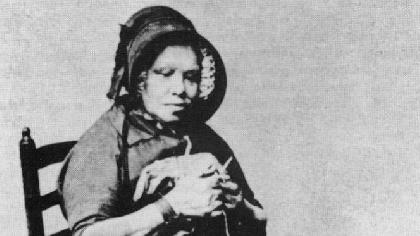
New evidence exposes local involvement in all aspects of the 18th and 19th century trade in enslaved people here in the Dales.
A talk held at the Dales Countryside Museum has revealed fresh evidence of local involvement in all aspects of the 18th and 19th century trade in enslaved people, and uncovered stories of resistance and belonging.
In “Still Hidden? Black and Asian History in the Yorkshire Dales”, researcher Audrey Dewjee set out what she and colleagues have discovered since landmark exhibitions were held at the museum in 2007 (“Hidden History”) and 2009 (“The Dales and the Wider World”).
Her talk included stories such as what happened to an enslaved man who ran away from the Sill family of Dentdale, and how the fictional Mrs Pumphrey from All Creatures Great and Small was based on a real-life descendant of a plantation owner.
She recounted a visit to Thorns Hall in Sedbergh to see the “slave pens” in the basement. She also showed photographs – for example of Mally Gibson (see attached picture, and caption info below) – that have been added to the Hidden History collection.
“One of the exciting things that has come to light [since the 2007 exhibition] is the fate of Thomas Anson, the runaway from High Rigg End farm near Dent. With historian John Ellis, we found that Thomas joined the army two years later, serving eight years as a trumpeter, retiring with a pension. Trumpeters were vital as a means of battlefield communication,” she said.
“There’s black history everywhere. I've found that once you start talking about it with people, the more that history starts coming out. I encourage people to contact the museum if they know or uncover anything which can help us learn more about this hidden history.”
By way of example, she remembered the early years of her research in the lead up to the 2007 exhibition, looking at a plaque in St Oswald’s Church in Askrigg dedicated to a Thomas Pratt.
She said: “It said he was Captain of the Hibernian. When I noticed he was buried in Liverpool, I thought mm-mmm. Sure enough, the Hibernian was a slave ship, one of the last to trade legally before the abolition [in 1807].
“Thankfully we also discovered Dales people who strongly disapproved of enslavement and assisted the abolition movement. For example, in 1798 a Leeds newspaper reported a collection given by farmers in upper Wensleydale to support the campaign for the ending of the slave trade.”
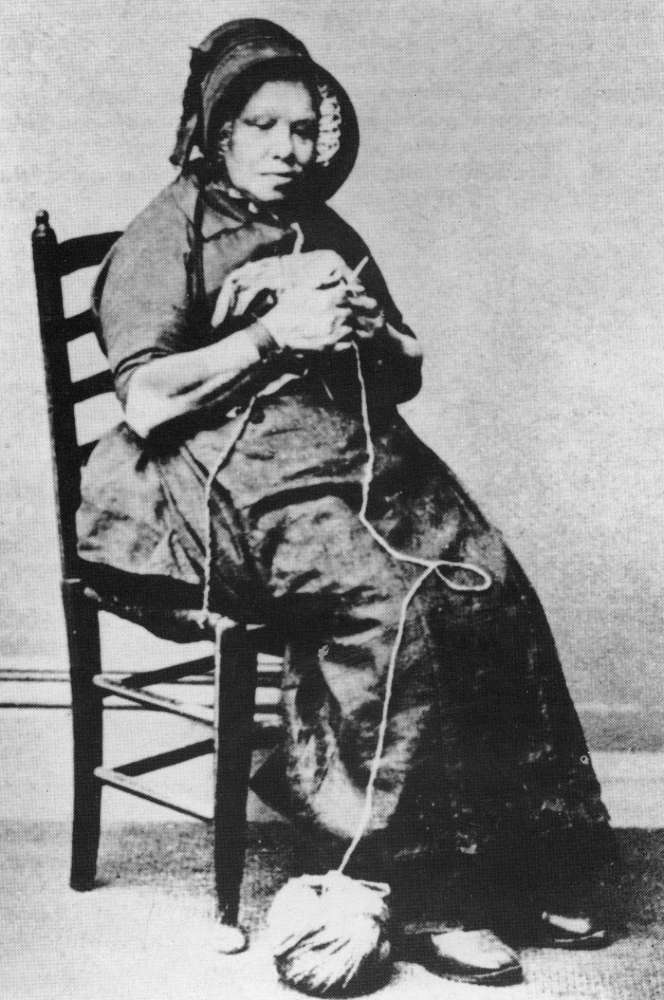
Mally Gibson, a knitter from Garsdale, photographed around 1900, who very likely had an African ancestor. The picture has been added to the 'Hidden History' collection at the DCM
In attendance for the talk was Jenny Thornton, who was able to discover secrets of her family’s past in Jamaica, and whose story was featured on the BBC. She has now traced her family back to West Africa (via DNA testing) after a discovery that her great-great-great-great-grandfather, “John Yorke the African,” worked as a servant at Marske Hall near Richmond.
One of the more chilling aspects of the talk was Audrey Dewjee’s account of a visit in 2019 to Thorns Hall in Sedbergh, now a hotel but once the home of a people trafficker. She said that in 2014 a retired civil engineer had sent her his diary, following a talk she had given in Harrogate. The man had stayed at Thorns Hall in December 1990 and had recorded being given a tour of the cellars by the then manageress, who had referred to them as “slave pens”. He wrote in his diary that he had seen iron rings in the walls, which he assumed were for shackling people rather than animals, as the only access to the cellar was a spiral staircase. On her visit, Audrey Dewjee said she observed two enclosures “about a yard square” but the rings had gone.
She concluded her talk: “Are people now aware of the black and Asian histories of the Dales? Or are they still hidden? Perhaps you can answer that. Is there more to find? I suspect there’s a lot more to find.”
Neil Heseltine, who is Member Champion for Promoting Understanding at the Yorkshire Dales National Park Authority, which runs the Dales Countryside Museum, said: “Research by Audrey Dewjee and her colleagues, including museum staff, has shone a light on the extent of the links in the Yorkshire Dales to the trade in enslaved people. They have shown how a great deal of wealth poured into the Dales from the West Indies and pre-partition India, and how many of the grandest houses in the area were built with plantation and East India company profits. They have done a service to us all by reframing the Dales’ largely ‘white’ historical narrative to one that acknowledges the influences of migration and empire.
“The Hidden History collection has – as Audrey’s talk illustrated – expanded since the original 2007 exhibition, with fresh stories and photographs being added in recent years. Spend a bit of time in the museum research room and you may be surprised at the depth of the legacy of black and Asian people in the Yorkshire Dales.”
The talk, Still Hidden? Black History of the Yorkshire Dales, took place on 20 May 2025.


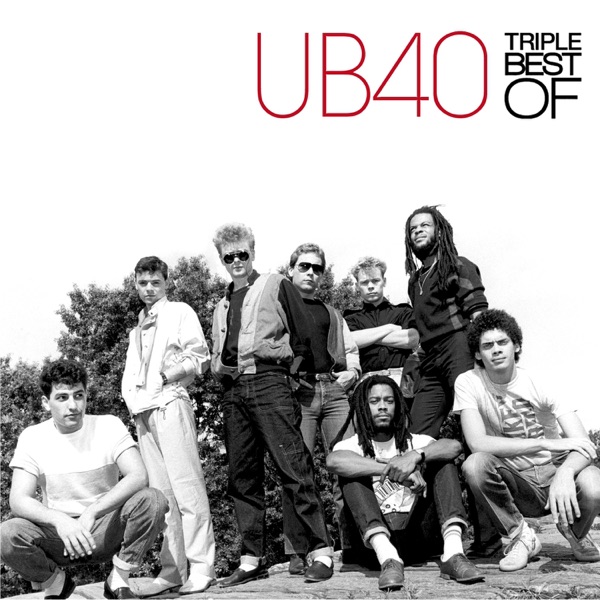
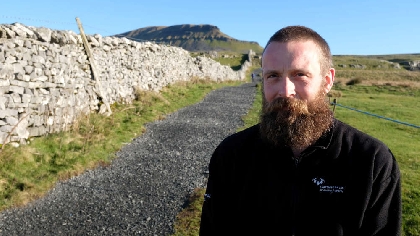 Pen-y-ghent path fixed
Pen-y-ghent path fixed
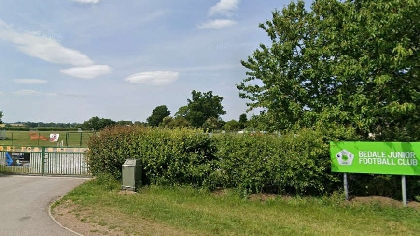 Good news for Bedale football club
Good news for Bedale football club
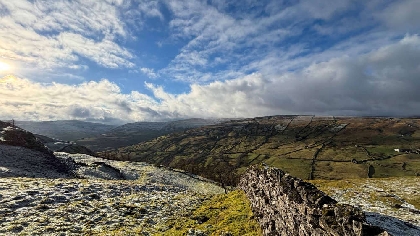 Dales photography competition returns to celebrate our most loved landscapes
Dales photography competition returns to celebrate our most loved landscapes
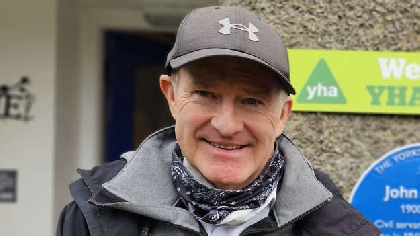 Long-serving Yorkshire Dales park authority chief to retire
Long-serving Yorkshire Dales park authority chief to retire
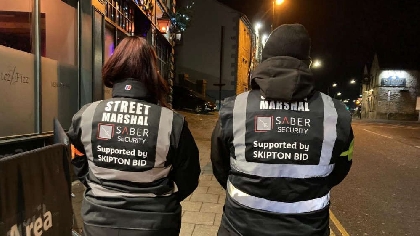 Skipton Street Marshals to return and support welfare over busy festive period
Skipton Street Marshals to return and support welfare over busy festive period
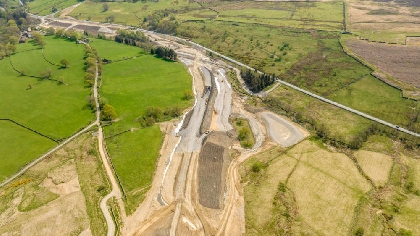 Don’t blame wildlife for £11.7m Kex Gill overspend, say Green councillors
Don’t blame wildlife for £11.7m Kex Gill overspend, say Green councillors
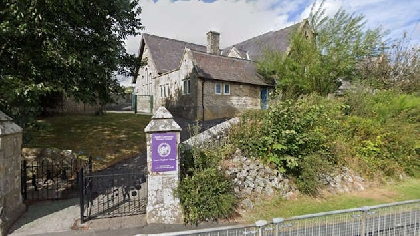 Dales school restructuring won’t make difference to pupils education
Dales school restructuring won’t make difference to pupils education
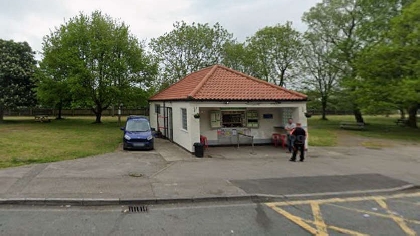 Details behind sudden closure of A66 cafe emerge
Details behind sudden closure of A66 cafe emerge




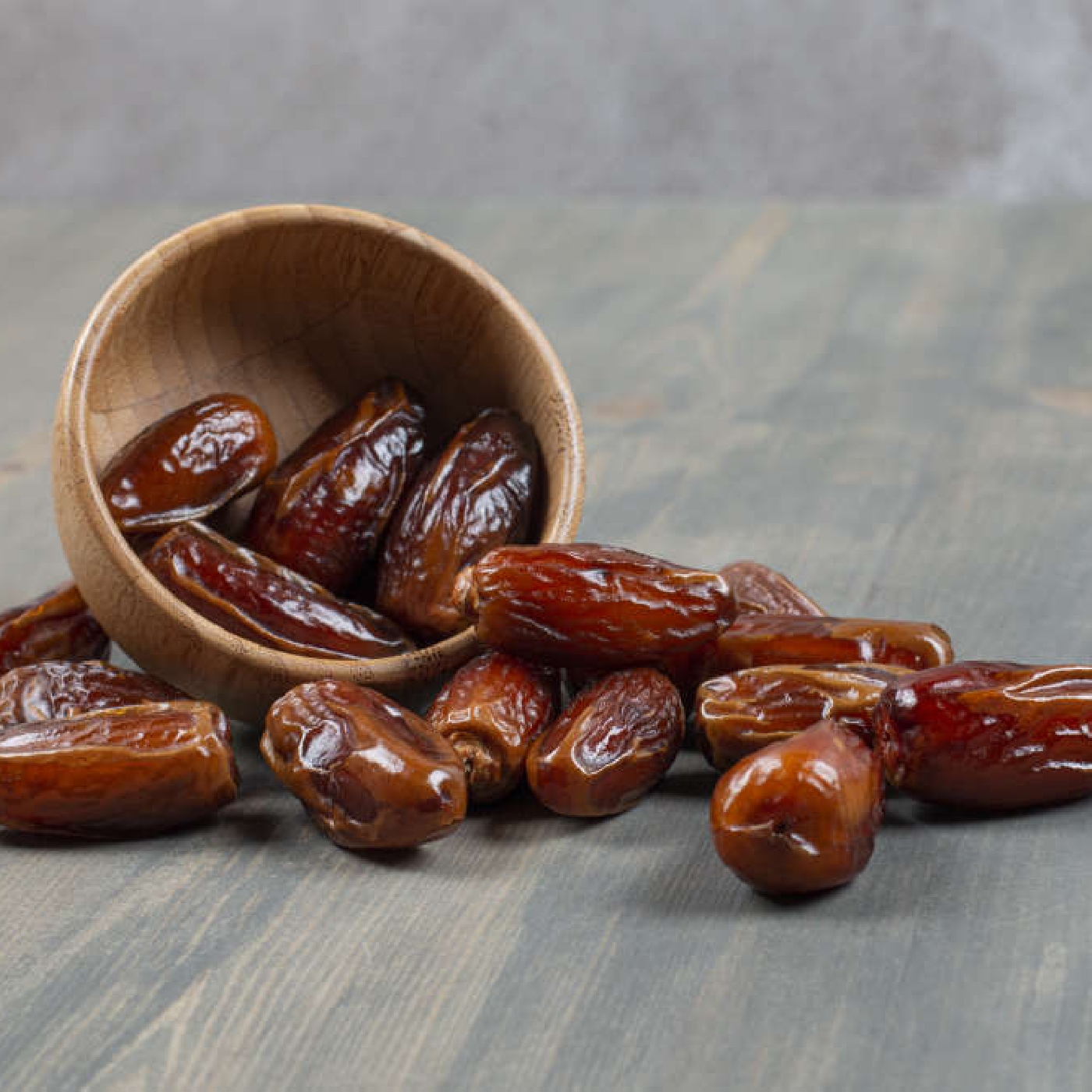
Comments
Add a comment